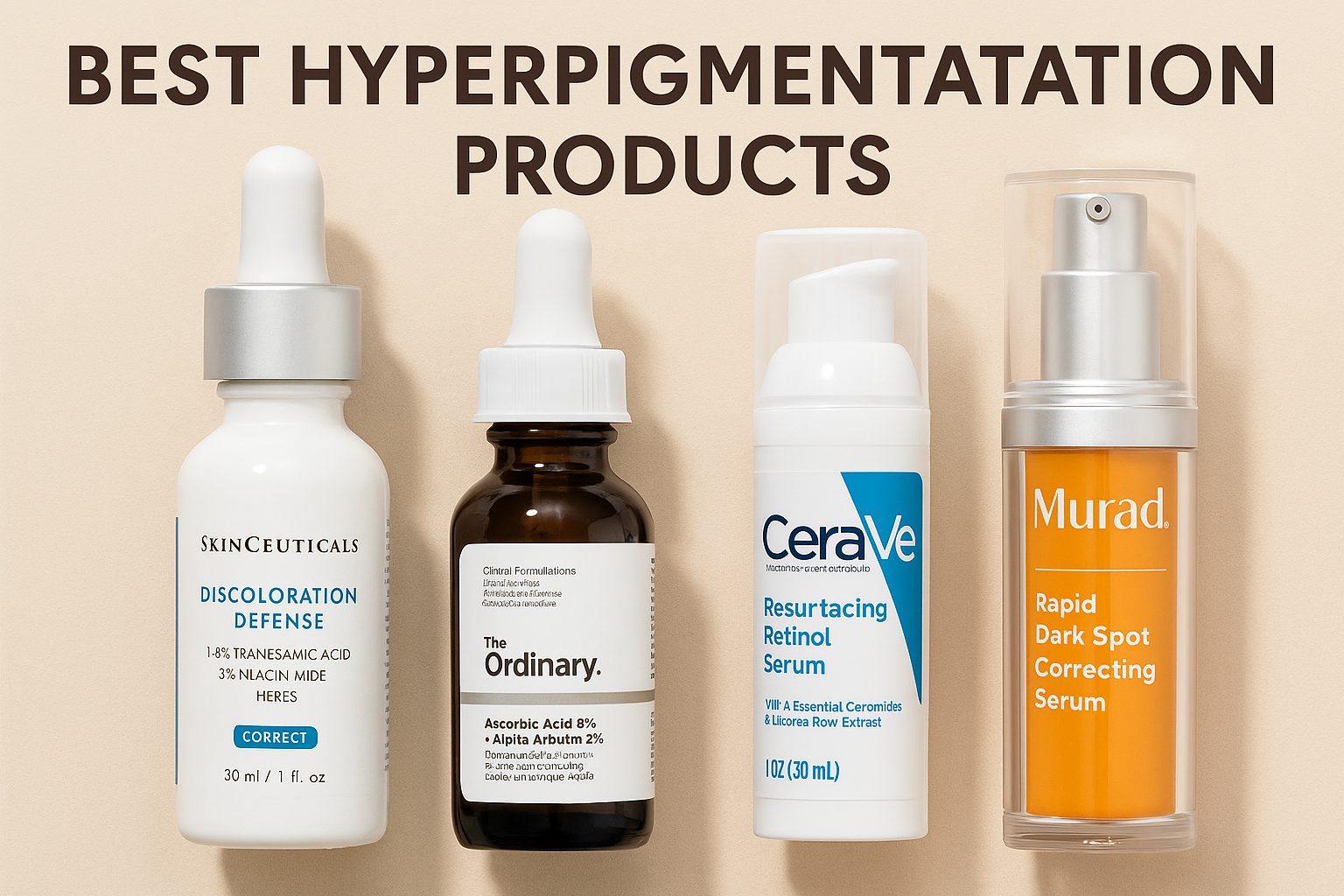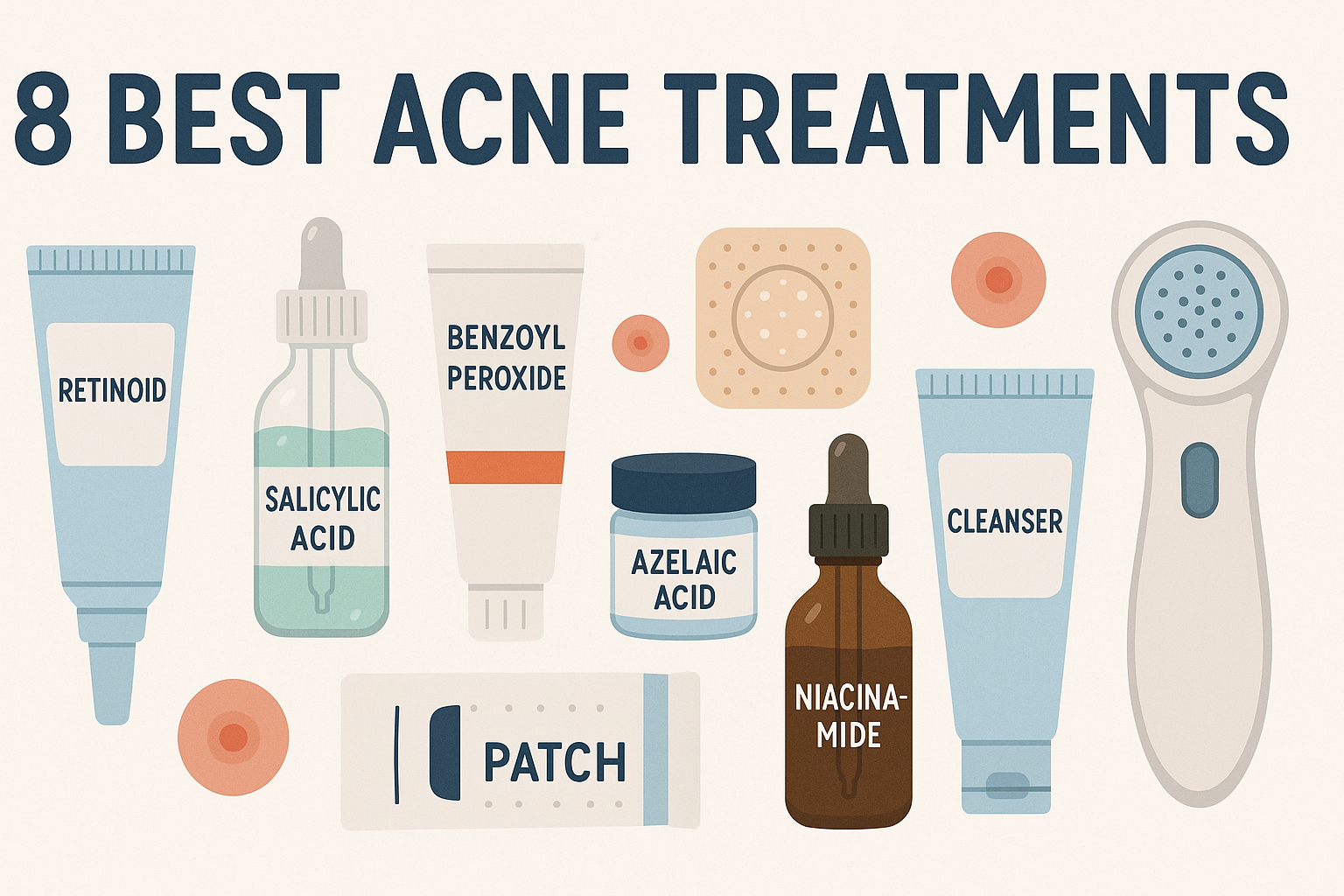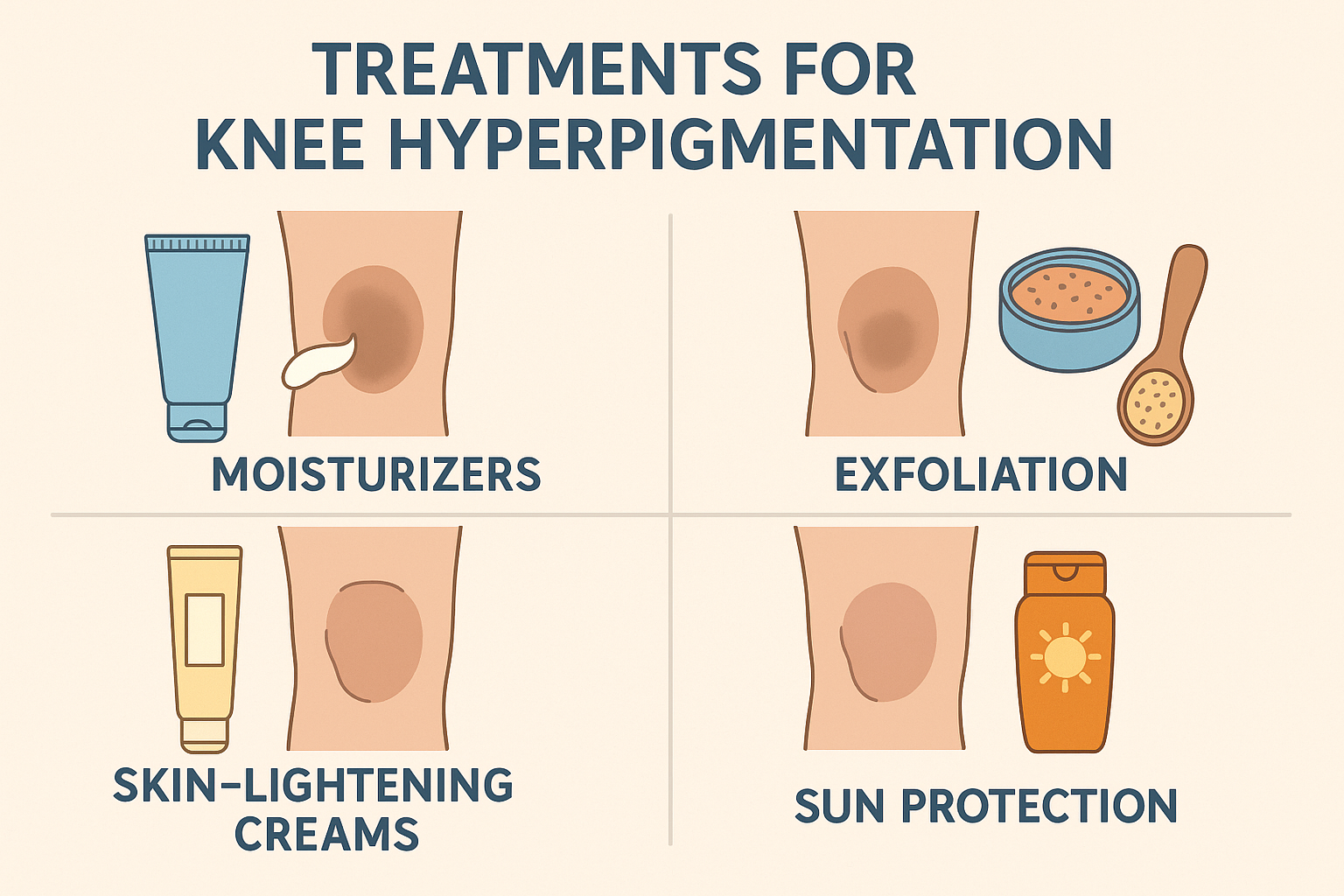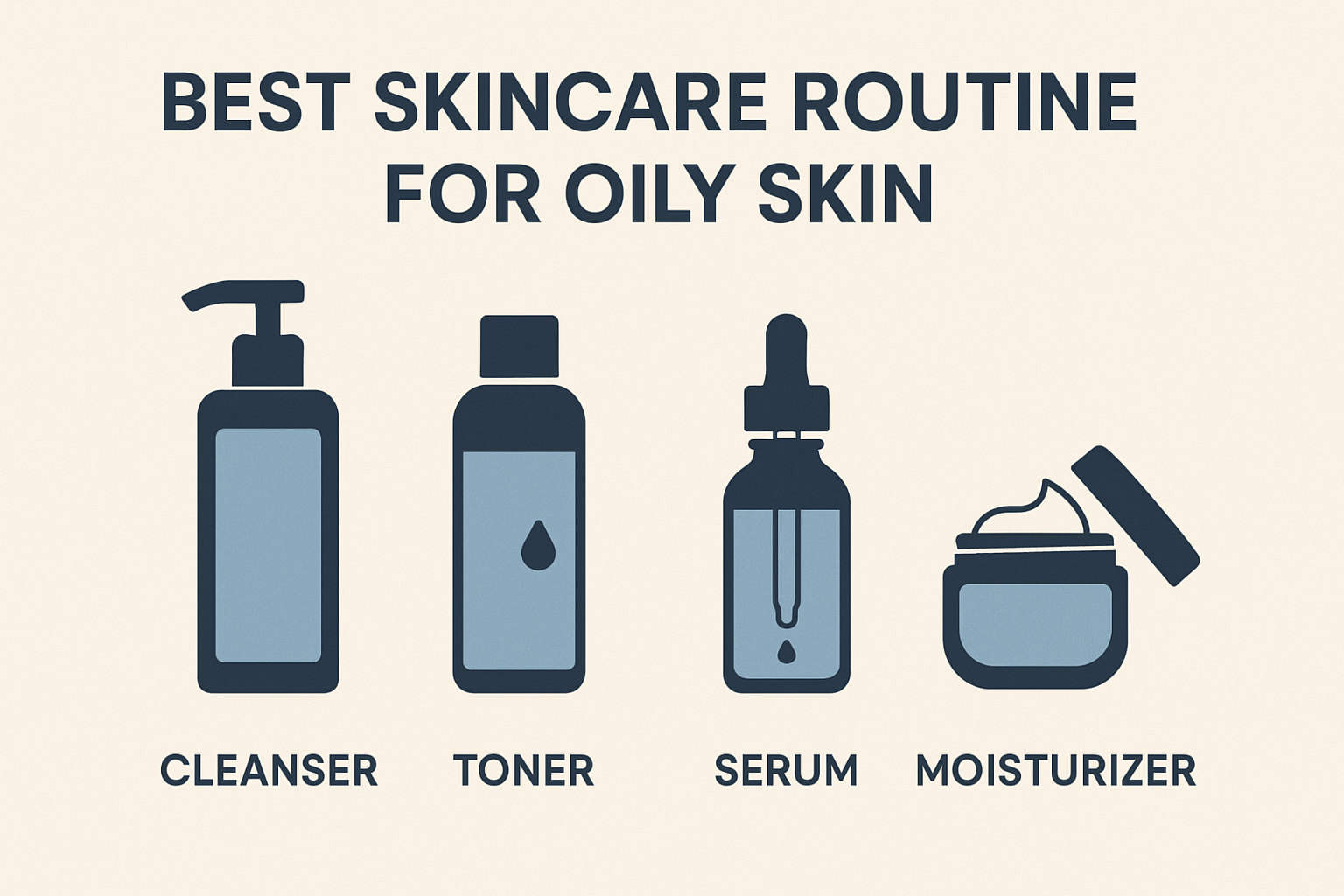What Is a TCA Peel? Benefits, Uses & Safety

When people hear the term “chemical peel,” the reactions can be very mixed. Some immediately think of glowing, smooth, and refreshed skin after treatment. Others, however, might recall dramatic before-and-after photos online and quickly assume, “This isn’t for me.”
Among the many types of chemical peels used in dermatology, the TCA peel (Trichloroacetic Acid peel) stands out for its versatility and effectiveness. Considered a medium-strength peel, TCA is stronger than light peels but gentler than deep ones. This balance makes it a popular option for treating common skin issues like hyperpigmentation, fine lines, acne scars, and uneven texture.
Despite its many benefits, a TCA peel isn’t a one-size-fits-all solution. Proper preparation and a clear understanding of potential side effects—like redness and skin flaking—are essential. To get the best results with minimal risks, always consult a board-certified dermatologist before undergoing a TCA peel.
What Is a Chemical Peel?
A chemical peel is a skincare treatment designed to exfoliate the outer layers of skin using a chemical solution. This process removes dead skin cells and stimulates cell turnover, helping the skin appear brighter, smoother, and healthier overall.[1Mayo Clinic: Chemical peel]
Chemical peels are classified into three types based on their depth:
- Superficial peels target the outermost skin layer (epidermis), ideal for treating rough skin texture or uneven tone.
- Medium peels penetrate the upper dermis, making them more effective for mild acne scars, pigmentation, and fine lines.
- Deep peels reach the middle layer of the dermis and are used for more severe sun damage or deep wrinkles.
While deeper peels offer more dramatic results, they also come with longer recovery times and higher risks—such as irritation or post-inflammatory hyperpigmentation. This is especially important for people with darker skin tones, who may be more prone to pigmentation changes after deep treatments.
For this reason, medium to deep peels should only be performed under professional guidance, ideally in a trusted dermatology clinic.
What Is a TCA Chemical Peel?
A TCA chemical peel is a skin exfoliation procedure that uses trichloroacetic acid (TCA) to improve skin clarity, tone, and texture. This acid is well-known in dermatology for effectively addressing uneven pigmentation, fine lines, and rough skin.[2Medical News Today: Everything to know about a TCA peel]
One of the standout features of a TCA peel is its customizability. The depth of the peel depends on the concentration of TCA used and whether it’s combined with other ingredients.
Here’s a general guide:
- TCA 10–30%: Produces a superficial peel, targeting the top layers of skin.
- TCA 30–40%: Penetrates deeper into the upper dermis for a medium-depth peel.
- TCA 50% or more: Creates a deep peel that reaches the mid-dermis, often requiring significant downtime.
The stronger the concentration, the more dramatic the rejuvenating effect—but also the higher the risk. For this reason, medium to deep TCA peels should only be performed by licensed and experienced professionals to avoid complications and achieve optimal results.
Benefits of a TCA Chemical Peel
The benefits of a TCA chemical peel vary depending on the peel’s depth. At lower concentrations, it can gently improve rough skin texture, reduce clogged pores like blackheads and whiteheads, and even out mild discoloration. The result is a fresher, brighter, and more refined complexion.[3Bella Med Spa: Chemical Peels For Acne: 7 Proven Benefits You Need To Know.]
With medium-depth TCA peels, the improvements are even more noticeable. Many dermatologists find them effective in softening fine lines, reducing shallow acne scars, and boosting skin firmness. Patients often report a youthful glow and a smoother appearance after recovery.
While high-concentration TCA peels (above 50%) offer intense results like firming deep wrinkles and tightening skin, they also come with increased risks and longer healing time. In modern dermatology, such strong TCA peels are less commonly used but may still be considered for advanced treatments under expert care.
To get the most from a TCA peel, always consult a dermatologist to choose the right type for your skin condition, tone, and goals.
How to Prepare for a TCA Chemical Peel
Proper preparation is essential for a safe and successful TCA peel—especially for medium or deep peels. Always schedule a consultation with a qualified medical professional, and avoid getting this procedure from unverified beauty salons or non-clinical providers.
Plan your schedule wisely. Peeling and skin shedding can last anywhere from 4 to 10 days, during which makeup use is discouraged. It’s also best to avoid important events or travel plans during this recovery window.
Limit sun exposure before and after the procedure. Don’t schedule a peel right before a beach trip or after a sunburn—your skin needs to be calm and healthy to avoid unwanted side effects.
If you’re using active skincare ingredients like retinol or retinoids, you may need to stop a week before the peel—especially for medium to deep treatments. In some light peels, however, retinoids may be used to prep the skin, so always follow your dermatologist’s advice.
Avoid shaving, waxing, or other facial treatments a few days before the peel. Keep your body hydrated, and drink plenty of water to support healing. If you’re prone to cold sores, let your provider know—they may prescribe antiviral medication to prevent flare-ups after the procedure.
What to Expect During a TCA Chemical Peel
A TCA chemical peel is a relatively quick procedure, usually lasting just 3 to 5 minutes. It’s best to arrive at the clinic with a clean, makeup-free face. However, if you’re coming straight from daily activities, bringing your own gentle cleanser is a smart move to ensure your skin is properly prepped.
The treatment begins with your skin being cleansed using acetone—a strong-smelling solution similar to nail polish remover. While it may feel cool or slightly sharp on the skin, this step is essential to allow the peel to penetrate evenly and effectively.
Next, a protective ointment is applied to sensitive areas such as the corners of the eyes, around the lips, and the nostrils to prevent irritation. The TCA solution is then carefully applied using gauze or cotton. At this stage, you may feel a warm or tingling sensation, or even slight stinging—this varies depending on your skin’s sensitivity and the depth of the peel.
For light peels, a handheld fan can provide some comfort. For medium-depth peels, your doctor might offer a mild pain reliever—either oral or inhaled—before beginning the procedure.
The number of TCA layers applied depends on your skin’s reaction and the desired treatment depth. Once completed, your skin will be cooled and then covered with a protective balm.
Today, many clinics use modern gel-based TCA formulas that feel cooler and are gentler on the skin, making them a great choice for beginners with minimal recovery time.
TCA Peel Aftercare Tips
After a TCA chemical peel, proper aftercare is crucial to ensure safe healing and maximize your results. Your dermatologist or skincare provider will give you detailed post-treatment instructions—but the key principles are to keep your skin calm, clean, and well-hydrated.
Use a gentle cleanser and avoid harsh ingredients like acids or exfoliants. Apply a neutral moisturizer or healing ointment regularly to support your skin’s regeneration. One of the most important steps is applying sunscreen daily—even if you’re indoors—to protect your skin from UV damage.
Peeling usually begins around day 4 and can last up to 10 days, depending on the peel’s depth. During this time, resist the urge to touch or peel off flaking skin. Doing so can lead to irritation, infection, or post-inflammatory hyperpigmentation (PIH).
You can only return to your usual skincare routine—including products like retinol or exfoliators—once your skin has fully healed. That means the texture and sensitivity must return to normal. The end result? Smoother, brighter, and visibly refreshed skin.
TCA Chemical Peels vs. Other Chemical Peels
Compared to other types of chemical peels, TCA (trichloroacetic acid) peels are widely appreciated for their flexibility and versatility. Dermatologists often favor TCA because it can be adjusted in concentration and application technique—from light to medium-depth treatments—making it suitable for a wide range of skin concerns.
That said, the effectiveness of a chemical peel doesn’t just depend on the acid used. It’s equally important to match the peel type with your unique skin condition. For example, someone with sensitive or dry skin might benefit more from AHA peels (like glycolic acid), while TCA may be better for targeting pigmentation, fine lines, or uneven skin texture.
Choosing an experienced dermatologist or licensed skincare professional is essential. Success depends on accurate skin analysis and precise technique—so professional guidance should always come first.
TCA Peels at Home vs. In-Clinic: Which Is Safer and More Effective?
Generally, TCA peels are best performed by medical professionals—especially when medium-depth results are desired. The peel’s intensity is influenced by the acid concentration, number of layers applied, and the application technique—all of which require clinical expertise.
At-home chemical peels are formulated with low TCA concentrations and offer only surface-level exfoliation. While safer for non-professionals, these milder treatments need to be repeated frequently to achieve even modest results—comparable to a single light peel at a clinic.
Home peels rarely cause visible peeling and usually involve little to no downtime. However, they can’t compete with in-office medium or deep peels in terms of long-term results or treatment depth.
If you’re curious about trying a TCA peel at home, always choose a regulated product with low strength and detailed instructions. But for noticeable improvement—and especially for more serious skin issues—professional treatment remains the gold standard.
TCA Chemical Peel Treatments on Darker Skin
For individuals with darker skin tones, undergoing a TCA chemical peel requires extra care and expertise. Medium-depth peels, in particular, should only be performed by dermatologists with experience treating diverse skin types. This is because darker skin is more prone to post-inflammatory hyperpigmentation (PIH)—dark spots that can appear after skin inflammation.
In clinical practice, treatments for darker skin are often started gradually. Lower TCA concentrations and gentler application techniques help prevent excessive peeling and reduce the risk of uneven pigmentation.
Pre-treatment skincare is also recommended. Ingredients like kojic acid, tranexamic acid, or tretinoin can help regulate melanin production and reduce the chance of pigmentation issues. Sun protection is vital—both before and after treatment—since UV exposure can worsen discoloration.
A detailed consultation with a board-certified dermatologist is key to determining whether a TCA peel is suitable, and to ensure both safety and visible, even-toned results—especially for Fitzpatrick skin types IV and above.
TCA chemical Peel Side Effects
While TCA chemical peels are generally safe when performed correctly, it’s important to be aware of the potential side effects—especially with medium to deep peels. The two most common concerns are post-inflammatory hyperpigmentation (dark spots after inflammation) and scarring.
For light peels, the risks are minimal and rarely occur. However, with higher concentrations of TCA, particularly when applied by someone without medical training, the chances of complications increase significantly.
If you have sensitive skin or underlying skin conditions such as rosacea or eczema, a patch test is highly recommended before undergoing a full treatment. This involves applying the solution to a small area to see how your skin responds.
A thorough consultation with a dermatologist is crucial. They can assess your skin type, sensitivity, and treatment goals to tailor the peel accordingly. This ensures you get the best possible results—safely and effectively—without unexpected reactions.
Conclusion
Chemical peels have been a trusted skincare treatment for decades, and they continue to be a go-to option in dermatology for treating various concerns—from acne and pigmentation to melasma, uneven texture, fine lines, and early signs of aging.
Among the different types of chemical peels, TCA (Trichloroacetic Acid) stands out for its versatility. With adjustable concentrations, it can be customized for either light or medium-depth treatments depending on your skin’s needs.
- Light TCA peels help improve uneven tone, reduce blackheads and whiteheads, and smooth out rough skin texture.
- Medium TCA peels are more effective for addressing fine lines, sun damage, and early aging signs.
However, as the depth of the peel increases, so do the risks of side effects like irritation, inflammation, or hyperpigmentation. That’s why professional supervision is essential—especially if you’re new to chemical peels or have sensitive or darker skin tones.
By working with a skilled dermatologist, you can enjoy the full benefits of a TCA peel with minimal risk, leaving your skin refreshed, clearer, and more radiant than before.
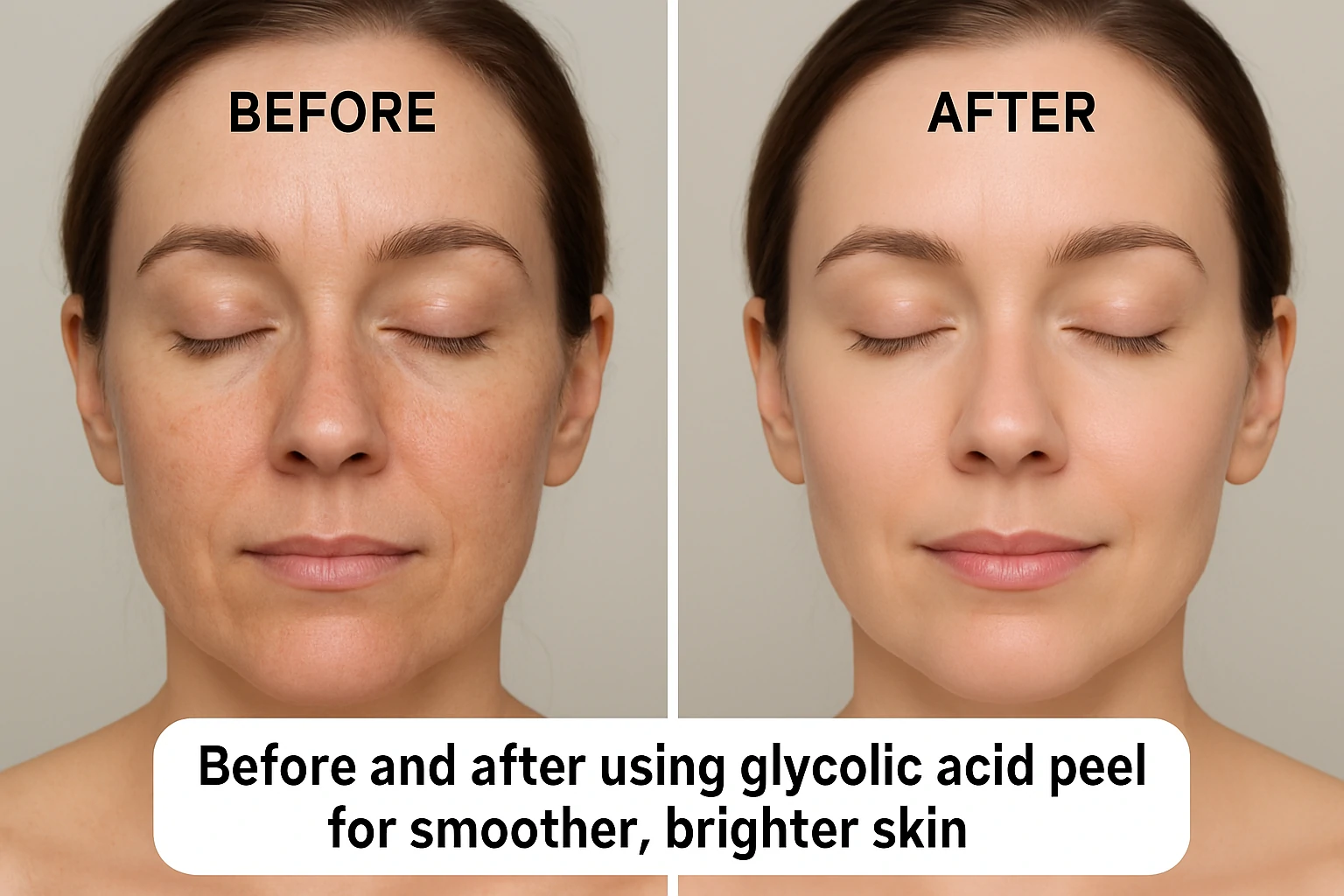
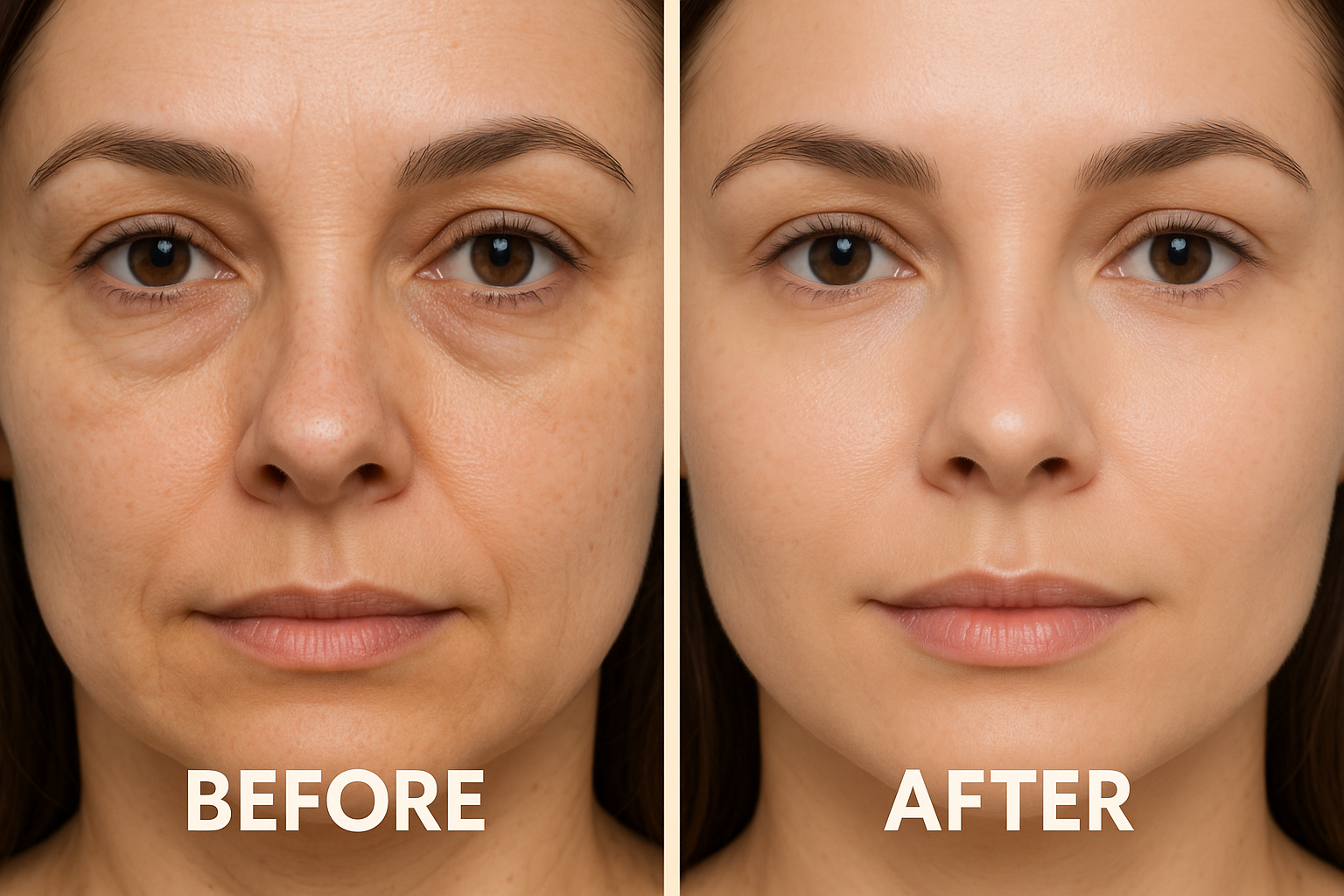

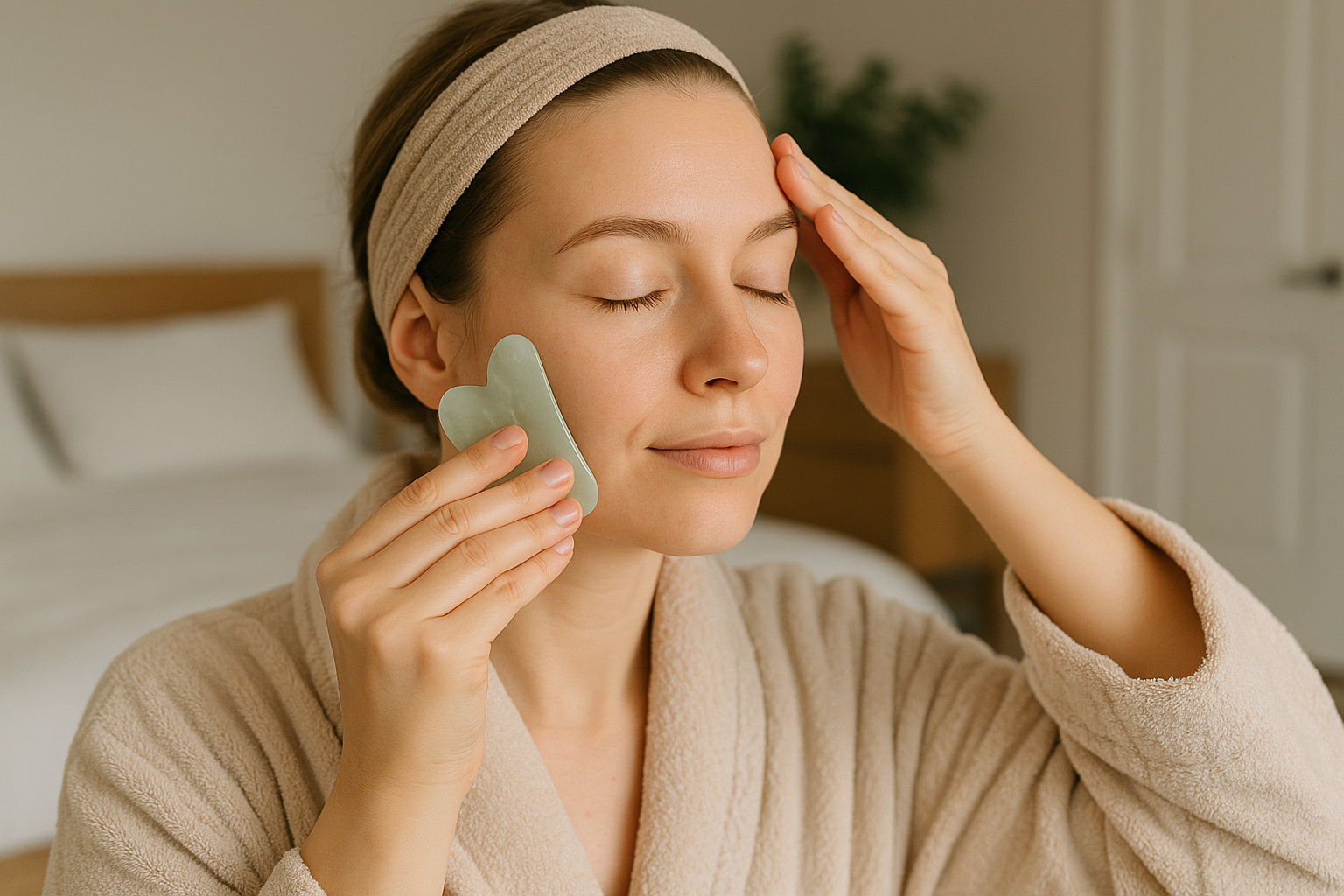


 Acne
Acne Anti-Aging
Anti-Aging Business
Business Digital Marketing
Digital Marketing Economics
Economics Exfoliation
Exfoliation Movies
Movies Personal Finance
Personal Finance Websites
Websites
